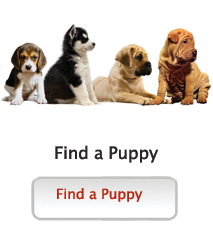Australian Silky Terrier
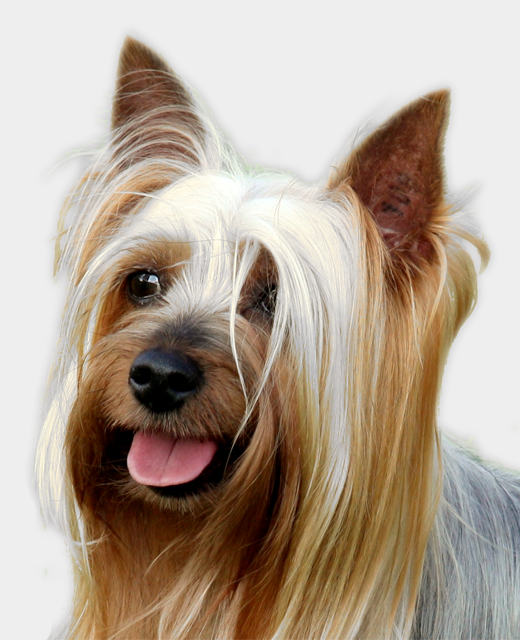
In my own words
They don’t call me silky for nothing. I’ve got a coat that would make a poodle swoon!
My ancestors were in such high demand that we were specially imported to American soil. Yes sir, I am quite the trophy pet. With beauty however, comes maintenance. My coat needs regular grooming to sustain its shine and avoid matting. My owner loves to stroke my coat in the evenings and I’m the perfect size to snuggle in her lap.
But I’m not all beauty and no brains. I’m one of the most intelligent dogs of my Size group. Not only that I’m spunky too. Originally I was bred to hunt snakes.
The most important string to my bow is loyalty, right now it’s the middle of the night and I’m stuck to the window keeping watch for intruders. When I spy something fishy I yelp the house down.
My ideal owner(s)
Families
Singles
City dwellers
Outdoorsy types
What they say about me
Loves attention
Values independence
Sensitive
Loyal
Please read on, to find out more about me, and whether I will be someone you can be happy with for the next 12 years, or even longer!
Is this Australian Terrier for you?
Test your knowledge about the Australian Terrier
Information essential about the Australian Silky Terrier
‘Toy’ or ‘Terrier’
(The Australian Silky Terrier is a terrier, but is usually placed in the Toy Group rather than the Terrier Group due to its small size. As breed groupings are done mostly to organise groups of breeds for dog shows, it is safer for the little dogs to be with others their own size, rather than with larger dogs. However, universally everyone agrees that the breed's type is Terrier.)
Category:
Size: small
Weight Male & Female 4kg
Popularity:
Breed History:
The ancestors of the Australian Silky Terrier include the Yorkshire Terrier (originally from Scotland before being considered to be from England) and the Australian Terrier (which descends from the rough coated type terriers brought from Great Britain to Australia in the early 19th century. Few records indicate whether early dogs were just Australian Terriers born with silky fur, or whether there was an attempt to create a separate breed. According to the American Kennel Club, the breed began at the end of the 19th century when Yorkshire Terriers were crossed with the Australian Terriers. At first the breed was known as the Sydney Silky, as it was found primarily in the city of Sydney, Australia. Although most other Australian breeds were working dogs, the Silky Terrier was bred primarily to be an urban pet and companion, although it is also known for killing snakes in Australia.
Up until 1929 the Australian Silky Terrier, the Australian Terrier and the Yorkshire Terrier were not clearly defined. Dogs of three different breeds might be born in the same litter, to be separated by appearance into the different types once they were grown. After 1932 in Australia, further crossbreeding was discouraged, and in 1955 the breed's name officially became the Australian Silky Terrier. The breed was recognised by the Australian National Kennel Council in 1958 in the Toy Group.
During and after World War II American servicemen that had been stationed in Australia brought Silky Terriers back to the United States. In 1954, newspaper photographs of the breed caused an upsurge of popularity and hundreds of Silkies were imported from Australia to the United States. The American Kennel Club recognised the breed as the Silky Terrier in 1959, as did the United Kennel Club (US) in 1965 where it is shown as a Terrier; it is also recognised as the Silky Terrier by the Canadian Kennel Club.
Character:
Temperament:
The ideal Australian Silky Terrier temperament is keenly alert and active. They love to be given chances to run and play, but must have a tightly fenced yard. The Silky is able to do well in an apartment. However, it is important they are kept busy and social to discourage boredom. A recent survey ranked the Silky Terrier in the top 20 in learning the quickest of small canines. The Silky Terrier is the best of both worlds temperament wise. They love to sit on your lap and do "toy dog" things but have an easy going Terrier personality ready for just about any activity.
Conformation:
The Australian Silky Terrier is a small and compact short-legged terrier. A long silky grey and white or blue and tan coat is their identifying feature, hanging straight and parted along the back, and described as "flat, fine and glossy". All proportions and aspects of the body and head as well as desirable shades of grey and white and placement of markings are extensively described in the breed standard.
The Silky Terrier should be slightly longer than tall. This is a dog that was historically used for hunting and killing rodents and snakes, so its body should have enough substance to fit this role. The Silky Terrier has a strong, wedge-shaped head. The eyes are small and almond-shaped. According to the standards, light-coloured eyes are considered a fault. The ears are small and carried erect. The Silky Terrier has a high-set tail and small, almost catlike, feet. The coat should be long, but not so long to approach floor length. The hair on the face and ears is normally cut
Colour:
Training:
Take care to socialize this breed well, particularly if they will be around children.
Care:
The Silky is a hardy dog and little special care is needed. Providing they are fed on a well balanced diet and given a reasonable amount of exercise then all should be well.
The coat requires moderate shampooing to retain its silkiness.
The Silky Terrier's coat is highly susceptible to tangles and matting so requires daily brushing and combing. This breed requires a deep commitment from the owners. To keep the coat lustrous, regular shampooing is necessary. Using an Avocado and Oatmeal Shampoo will help alleviate the itchy, dry skin of this breed.
This particular breed should have its teeth brushed and be groomed every three weeks. Care should also be taken with grooming near the neck area and a harness leash should be used to protect the Silky Terrier from tracheal collapse.
Health:
Generally free of major congenital health issues. However, the Terrier breed is known to have teeth and gum problems. On average, the lifespan of an Australian Silk Terrier is between12-15 years.
This breed requires little exercise and is perfect for short runs and ball play. It is better to buy a plastic ball instead of a cotton ball as they tend to bite and chew the cotton out. It is recommended to play catch with it at least once a day.
You may also like:
If you like Australian Silky Terriers, you may be interested in breeds of the same size »
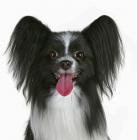


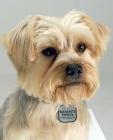
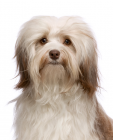
If you like Australian Silky Terriers, you may like other breeds with similar characteristics »

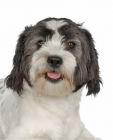
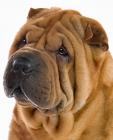


If you like Australian Silky Terriers, you may be interested in these other toy dogs »




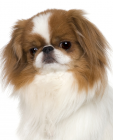
Advice on choosing your breed »
Find an animal shelter or rescue home where a Australian Silky Terrier is waiting for a new home »
The following grid gives a fast track review, which covers all breeds. You can apply it to help you decide if an Australian Silk Terrier is suitable for you, the environment where you live, your personality and your lifestyle. On the grid, 1= strongly disagree, and 5= strongly agree. For example, if you are looking for a dog that likes to accompany you on jogs, look down the list under Activities, and you will see that Silkies love to roam and make excellent jogging companions, scoring 5. If you want a dog suitable for the city, look under Environment and you will see that Silkies are suited to apartment living, scoring 5. You might like to save or print off this section and keep it for reference while you check some other breeds before making your final choice
Be the first to rate this breed »
|
*PLEASE NOTE: All our breed profiles are general, and all dogs are individuals. Always talk to the breeders and meet the owners you are buying from. Try to meet the dog and its parents if it is a puppy in their home environment.









